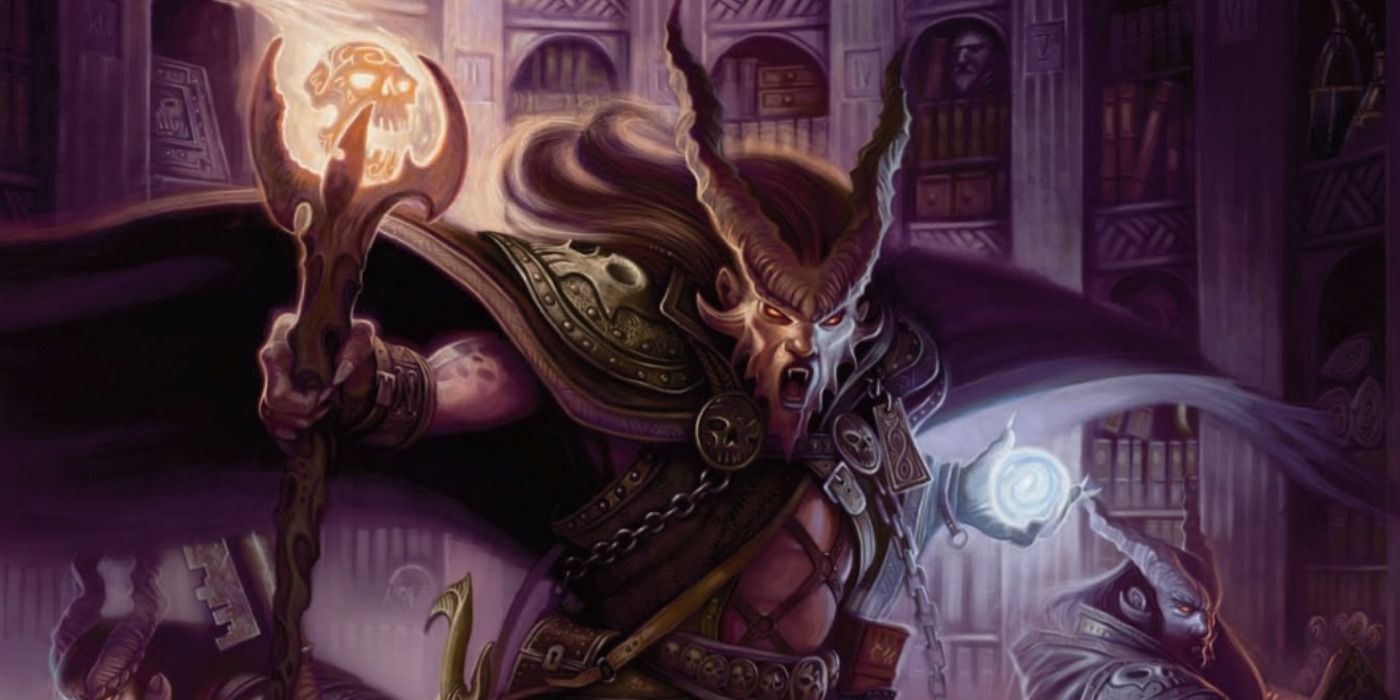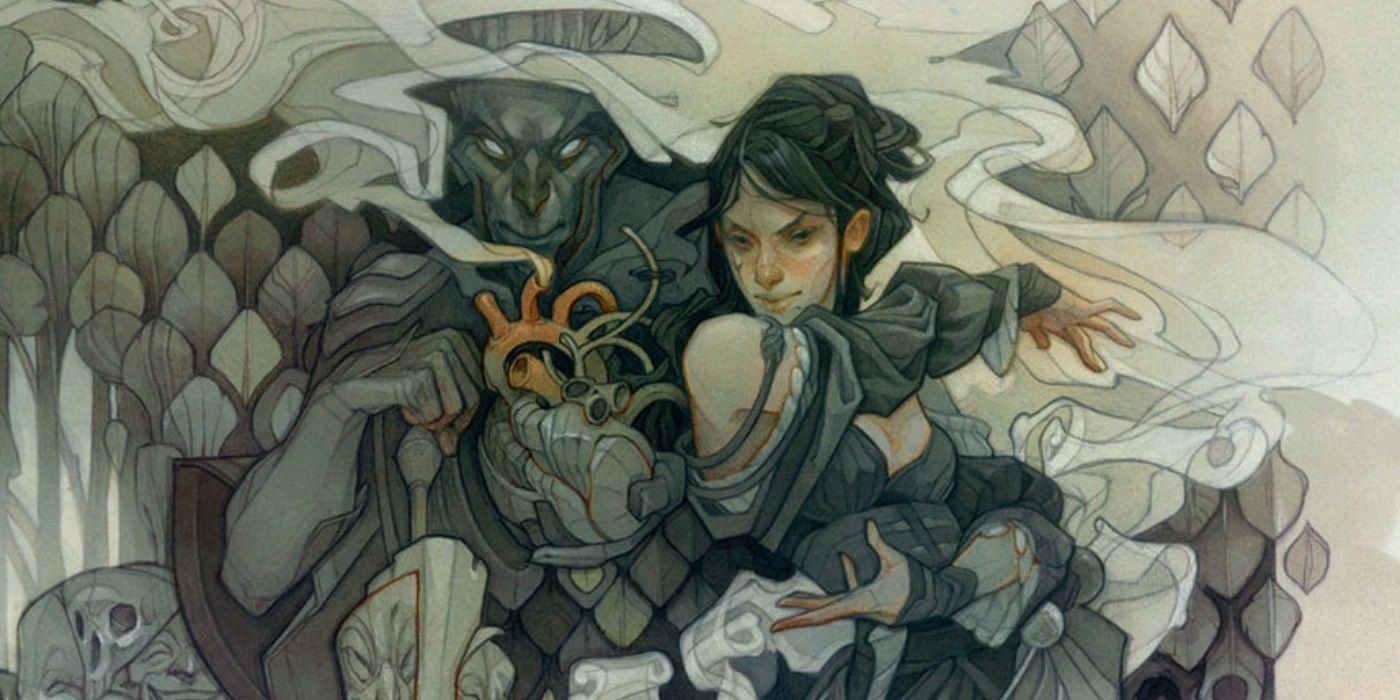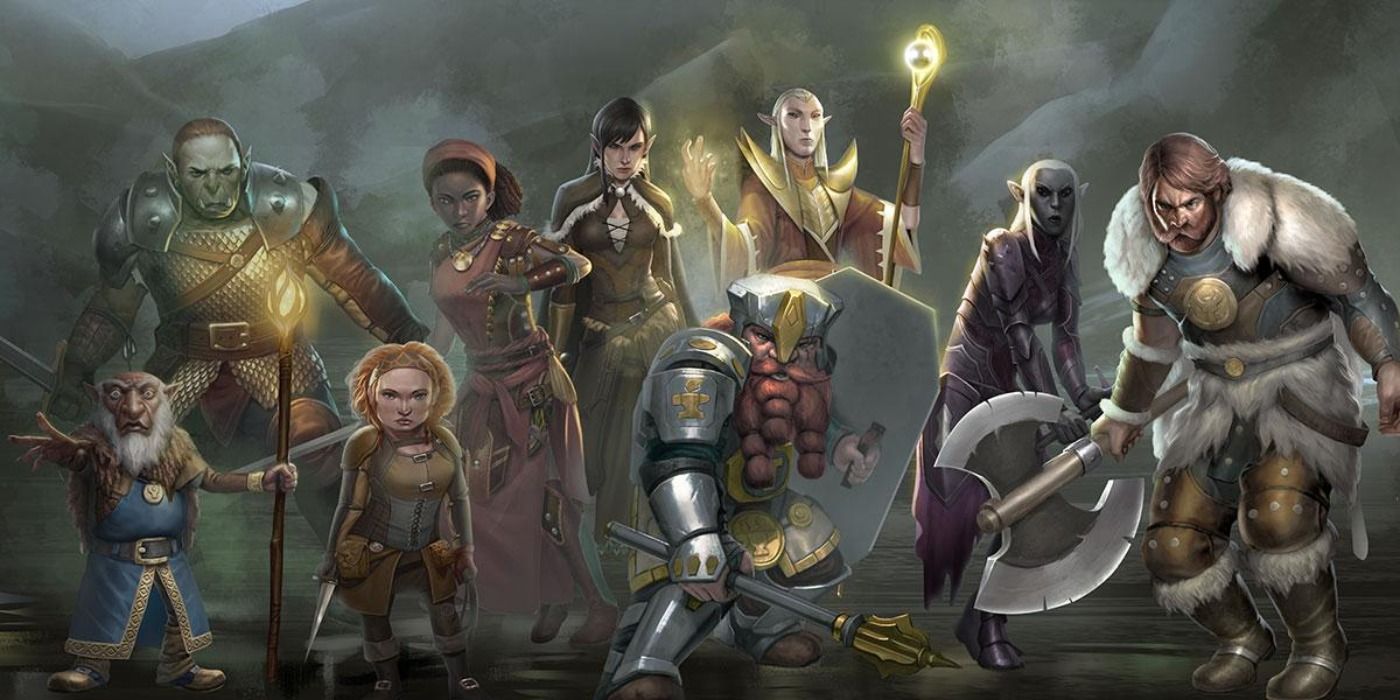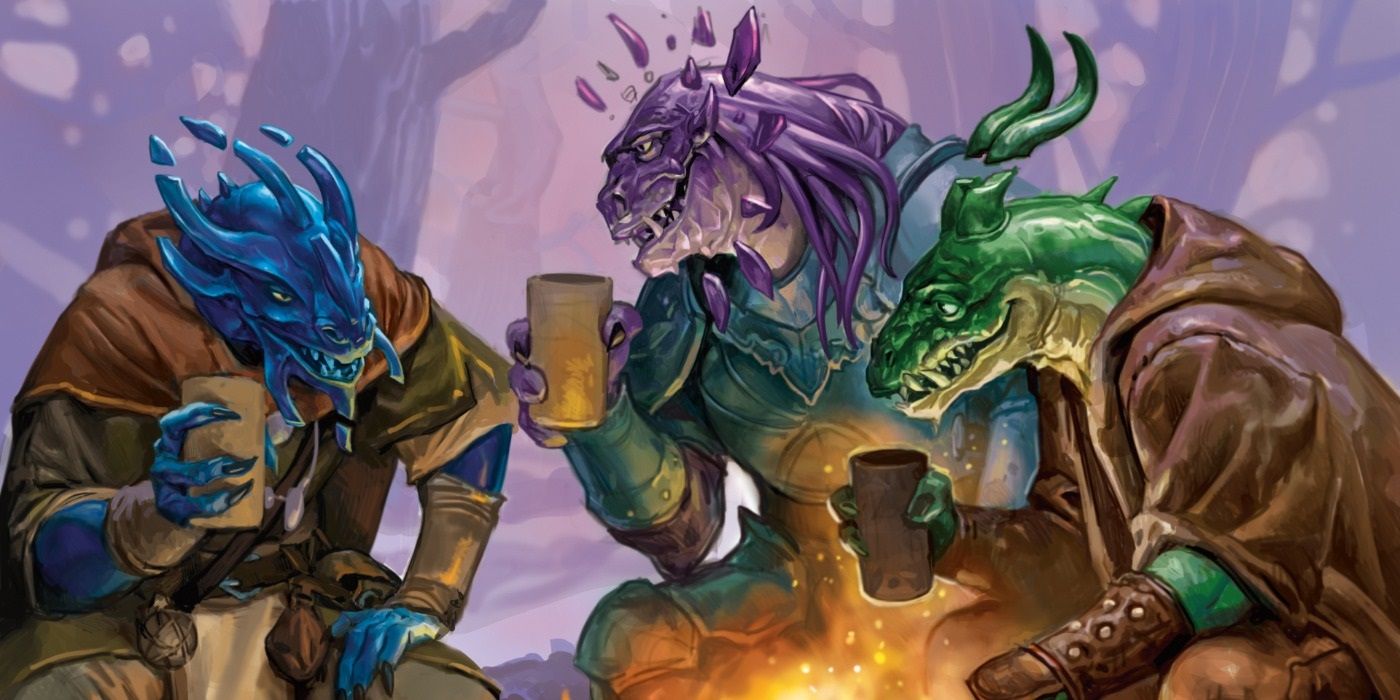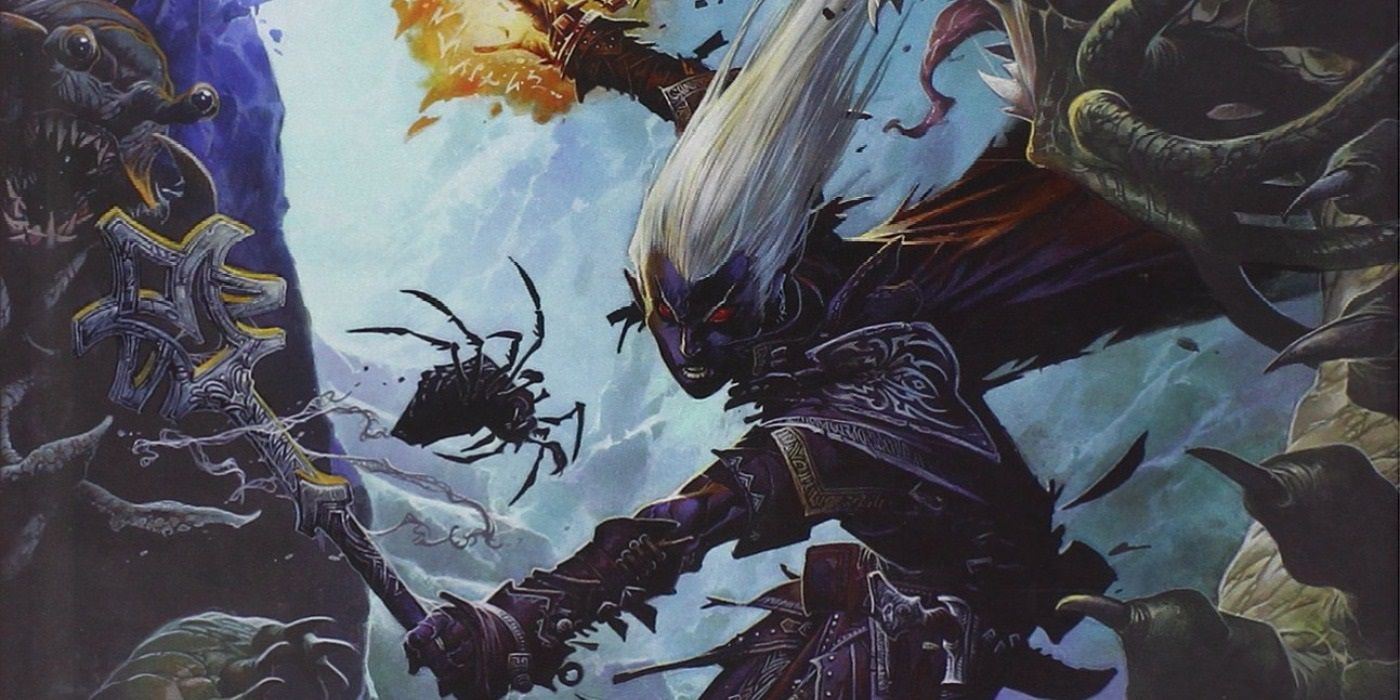An updated version of the Dungeons & Dragons core rulebooks is set to be released in 2024, to coincide with the 50th anniversary of the game, and it could change how playable races work. This will lead to a revision of the rules, which fans are referring to as the 5.5 version of the game, as it's just an update, rather than an entirely new edition. It's likely that the playable race rules are going to be changed, as they have already been altered during the lifespan of fifth edition.
The choice of race is usually one of the first things a player considers when making a character, alongside their class. The Player's Handbook is filled with the standard fantasy races that most people are familiar with, and it's easy to get into the skin of a gruff dwarf or a haughty elf. D&D offers many different playable races, so the player won't be stuck with the ones popularized by The Lord of the Rings. The rules also make it easy to play a character who goes against type, while still being an effective party member.
The 5.5 update for D&D will involve new versions of the Player's Handbook, Dungeon Master's Guide, and Monster Manual. The rules are meant to be backward compatible with the existing fifth edition books, so some fans are expecting many sweeping changes. What is likely is that the races and the classes will be tweaked, based on the feedback that has accrued over years of play. There are a number of ways in which the race rules could change going forward, and the changes that have already occurred could offer hints as to what will happen in the future.
Race Rules From Tasha's Cauldron Of Everything Could Become Standard
The most likely change that will happen in the 5.5 version of D&D is that the optional race rules from Tasha's Cauldron of Everything will become the standard. In the current version of D&D, the races in the Player's Handbook have set stat modifiers, save for humans and half-elves. This means that certain races are naturally a better fit for some classes than others. The +2 to Strength and +1 to Charisma that the dragonborn receive makes them a natural fit for the Paladin class, but not so much for Wizards. The stat boosts generally aren't as important as they were in previous editions, but there are still race/class combinations in D&D that are more effective than others.
Tasha's Cauldron of Everything offered a new ruleset for racial stat modifiers, which has been adopted in every new D&D book since, such as with the new dragonborn in Fizban's Treasury of Dragons. The player now chooses which stats receive a +2 and a +1 modifier during character creation. It's also possible to switch proficiencies and languages. These new rules make it easier than ever for the player to make the kind of character that they want, and it's hard to imagine the creators of the game going back to the old system in 5.5.
D&D 5.5 Changes - The Line-Up In The Player's Handbook
The line-up of playable D&D races in the Player's Handbook has changed across its various editions. Half-orcs joined the roster in third edition, after being a popular optional race in Advanced Dungeons & Dragons. Dragonborn, eladrin, and tieflings were added to the Player's Handbook in fourth edition, while gnomes were cut. In the current version of the Player's Handbook, eladrin were cut, but gnomes came back.
It's unlikely that the 5.5 update will cut any of the established races, especially following some of the negative feedback to gnomes being cut in fourth edition. It's much more likely that races will be added to the core line-up. A few of the possible options include the aasimar from Volo's Guide to Monsters, the warforged race from the Eberron campaign setting, and the fairy race from D&D: The Wild Beyond the Witchlight. These three races alone offer very distinct options from each other, as well as what is currently available in the Player's Handbook, and it would be easy to see them become more closely integrated into the existing campaign settings.
New Dragonborn From Fizban's Could Become The Standard
Fizban's Treasury of Dragons recently overhauled the dragonborn race. In the Player's Handbook, there is a single version of the dragonborn race, which accounts for both chromatic and metallic variations, with the choice determining their elemental resistance and breath weapon. Fizban's Treasury of Dragons has split the dragonborn race into three variants, each of which have their own unique abilities, as well as overhauling how the breath weapon attack works. The chromatic dragonborn gain the Chromatic Warding ability at level 5, which lets them become immune to the element they resist for one minute; D&D's metallic dragonborn gain a second breath weapon attack at level 5, with an added status effect; and the new gem dragonborn possess telepathic abilities, and they gain the ability to fly for one minute at level 5.
It's likely that these new dragonborn will become the standard in 5.5. The original dragonborn in the Player's Handbook were considered one of the weaker races in terms of abilities, with the breath weapon scaling horribly as the character gained levels. Many groups even homebrewed rules for the dragonborn before the release of Fizban's Treasury of Dragons, and it's likely that the revised dragonborn are here to stay.
Reaction To Drow, Half-Orcs, & Tiefling Could Change In D&D 5.5
The current D&D Player's Handbook mentions how drow elves, half-orcs, and tieflings are treated differently in most societies. The drow elf race is known for worshiping Lolth, the evil goddess of the drow, and for attacking the surface world from their cities in the Underdark; the orc race has a bloody history with most of the other races, with destructive wars across the centuries that have made peace all but impossible; and the tieflings have the blood of demons and devils running through their veins. There are a few notable exceptions of individuals rising above the prejudicial view of others and becoming heroes, most notably D&D's iconic Drizzt Do'Urden, but the reaction to drow, half-elves, and tieflings is still negative in many places in the main campaign worlds.
There's a strong possibility that these elements will be toned down, or removed entirely in the next iteration of D&D. For many, these examples of harmful behavior in the game are too close to real-world issues. There's nothing stopping individual groups from ignoring these aspects of the lore, but there's a chance that the creators of Dungeons & Dragons might feel that it has no place in the official game.

